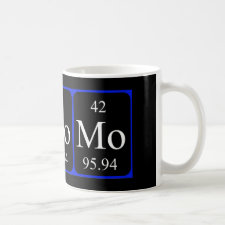
Authors: Yan SL, Gao ZX, Fang YJ
Article Title: Preparation and affinity assessment of monocrotophos molecularly imprinted polymers.
Publication date: 2006
Journal: Acta Polymerica Sinica
Issue: (1)
Page numbers: 160-163.
Alternative URL: http://www.gfzxb.org/EN/abstract/abstract8791.shtml
Abstract: Uniformly imprinted polymer microspheres were prepared by precipitation polymerization in chloroform. MCP (monocrotophos), MAA (methacrylic acid), EGDMA (ethylene glycol dimethacrylate) and AIBN (azobisisobutyronitrile) were used as template, functional monomer, cross-linker and initiator, respectively. UV and IR spectra were used to demonstrate the mechanism of the interaction between MCP and MAA. It was found that one MCP was entrapped by three MAA molecules in chloroform. Langmuir model was used to fit the adsorption data, the results showed that the MCP imprinted polymer microspheres showed specific binding sites to the MCP. The data obtained in equilibrium adsorption experiments were processed by Scatchard analysis, the dissociation contents (KD1) and the apparent maximum binding capacity (Bmax1) were KD1 = 0.062 mmol/L, Bmax1 = 3.26 μmol/g for high affinity binding sites and KD2 = 3.03 mmol/L, Bmax2 = 65.70 μmol/g for low affinity binding sites, respectively. The MCP imprinted polymers have showed higher affinity to MCP than to the other organophosphorus pesticide used. So the imprinted polymers microspheres can be used for trace pesticide residue separation, enrichment and analysis
Template and target information: monocrotophos, MCP
Author keywords: molecular imprinting, Monocrotophos, precipitation polymerization



Join the Society for Molecular Imprinting

New items RSS feed
Sign-up for e-mail updates:
Choose between receiving an occasional newsletter or more frequent e-mail alerts.
Click here to go to the sign-up page.
Is your name elemental or peptidic? Enter your name and find out by clicking either of the buttons below!
Other products you may like:
 MIPdatabase
MIPdatabase









